IMSML Website Article 9/2023: Resolution MSC.525(106) - Amendments to the International Code on the Enhanced Programme of Inspections during Surveys of Bulk Carriers and Oil Tankers 2011 (2011 ESP Code), Part 4 of 4, Annex B, Part B
Annex B, PART B - Code on the Enhanced Programme of Inspections During Surveys of Oil Tankers Other Than Double-Hull Oil Tankers
General, Defintions - A new Paragraph 1.2.1
A new definition of ‘oil tanker’ is introduced. The definition has two parts:
[1] Inclusionary definition - an oil tanker is a ship primarily to carry oil in bulk in cargo tanks forming an integral part of the ship’s hull, including ship types such as combination carriers (ore/oil ships etc);
[2] Exclusionary definition - The new Paragraph 1.2.1 excludes ships carrying oil in independent tanks which are not part of the ship’s hull, such as asphalt carriers.
Renewal Survey - Paragraph 2.6 on Extent of tank pressure testing
A new Paragraph 2.6.1 is introduced in Part B, similar to the one found in Part A:
[1] Minimum ballast tank pressure testing and cargo tank testing at renewal survey, shall be in accordance with Paragrapg 2.6.4 and Annex 3.
[2] Cargo tank testing is to be carried out by the ship’s crew under the direction of the master;
[3] The testing in [2] above may be accepted by the surveyor;
[4] Condition which must be complied with for the testing:
(i) The tank testing procedure has been submitted by the owner and reviewed by the regulator prior to the test being carried out. Note that this procedure has to specify fill heights, the tanks being filled, and bulkheads being tested;
(ii) The tank testing is to be carried out prior to the overall survey or close-up survey;
(iii) Tank testing has been carried out with the special survey window. Note that this is not more than 3 months prior to the date on which the overall or close-up survey is completed;
(iv) Tank testing has been satisfactorily carried out and there is nothing that would affect the structural integrity of the tank. For example, no leakage, distortion or substantial corrosion;
(v) The satisfactory results of the testing are recorded in the vessel’s log book; and
(vi) At the overall and close-up survey, the surveyor is satisfied with the internal and external conditions of the tanks as well as associated structure.
ANNEX 9 - Condition Evaluation Report (Executive Hull Summary Report)
This is similar to the provisions found in Annex 10 in Part A.
The contents of condition evaluation report are now subject to a new Part 9 Memoranda which documents:
[1] Acceptable defect(s);
[2] Any points of attention for future surveys. For example, suspect areas;
[3] Examination of ballast tanks at annual surveys due to coating breakdown.
For the tank corrosion prevention system, the following has to be noted in Part 9 of the Contents of condition evaluation report (executive hull summary report): Ballast tanks rated less than GOOD, and that tanks are to be examined at annual surveys.
Thank you for reading IMSML Website Article 9/2023
Stay tuned for the next IMSML Website Article 10/2023: Resolution MSC.526(106) - Amendments to the International Code for the Construction and Equipment of Ships Carrying Dangerous Chemicals in Bulk (IBC Code)
Signing-off for today,
Dr Irwin Ooi Ui Joo, LL.B(Hons.)(Glamorgan); LL.M (Cardiff); Ph.D (Cardiff); CMILT
Professor of Maritime and Transport Law
Head of the Centre for Advocacy and Dispute Resolution
Faculty of Law
Universiti Teknologi MARA Shah Alam
Selangor, Malaysia
Friday, 25 August 2023
Note that I am the corresponding author for the IMSML Website Articles. My official email address is: uijoo310@uitm.edu.my
